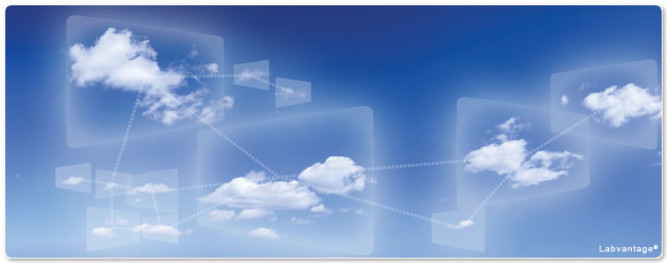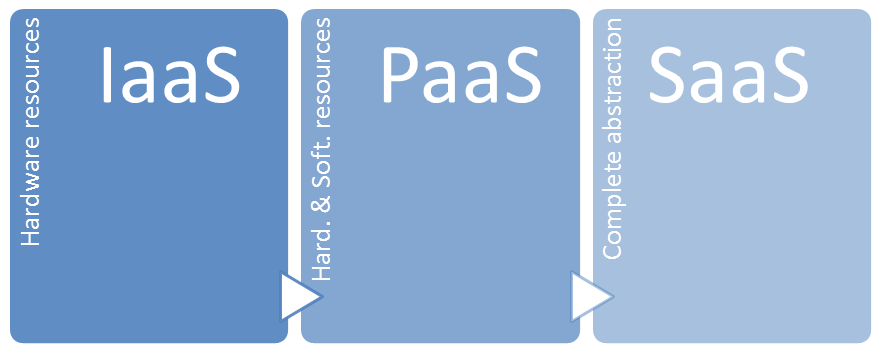
After a long pause I’m back to continue my writings about cloud computing topics. In previous article, definition of services in IT and generic ideas of cloud concept were discussed. In addition, concepts of abstraction and virtualization were involved to the discussion. This article is dedicated to the details about those concepts.
The ambiguity surrounding cloud computing has created confusion and an opportunity for those who wish to shape the market in this area. The foggy idea about cloud computing lets us for the question like is cloud computing revolutionary, or just a repackaging of existing concepts? Well, cloud computing is all about abstraction. Using different technologies shared pools of resources (compute, networks, and storage) created first. Pools in turn provide an abstraction mechanism so that a logical address can be mapped to a physical resource. Computers use this technique for placing files on disk drives, and cloud computing use a set of techniques to create virtual servers, virtual storage, and virtual networks. In other words, applications are running on physical systems that are not specified, data is stored in locations that are unknown, administration of systems is outsourced to others, and access by users is everywhere. Thus, cloud computing is as a scale that measures the degree of architectural abstraction. As the level of abstraction increases, the less is known about the underlying implementation (Figure 1), i.e. the more cloudy looks system architecture for the user.

Figure 1. Level of abstraction in cloud computing
The level of abstraction in cloud computing starts from underlying hardware resources and ends with ready-to-use application outsourced from the organization. Accordingly each level of abstraction represents a service model: Infrastructure as a Service (IaaS), Platform as a Service (PaaS), and Software as a Service (SaaS). In order to keep learners excited about cloud computing, we will consider details about service models in future articles. 🙂
So much words about abstraction. Let’s talk about virtualization concept. Imagine plugging an electric appliance into an outlet; how electric power is generated and how it gets to that outlet? Right, electricity is virtualized. It’s readily available from wall socket that hides power generation stations and huge distribution grid. The same concept applies to information technologies, i.e. delivering useful functions while hiding how their internals work. Technologies such as cluster, grid, and now, cloud computing, have all aimed at allowing access to large amounts of computing power in a fully virtualized manner, by aggregating resources and offering a single system view. Imagine running of several operating systems on a single physical system and plus the ability to share the underlying hardware resources – this is the nature of virtualization within the context of cloud computing.
Этот пост также доступен на: Russian

 English
English  Russian
Russian  Tajik
Tajik
Leave a Reply